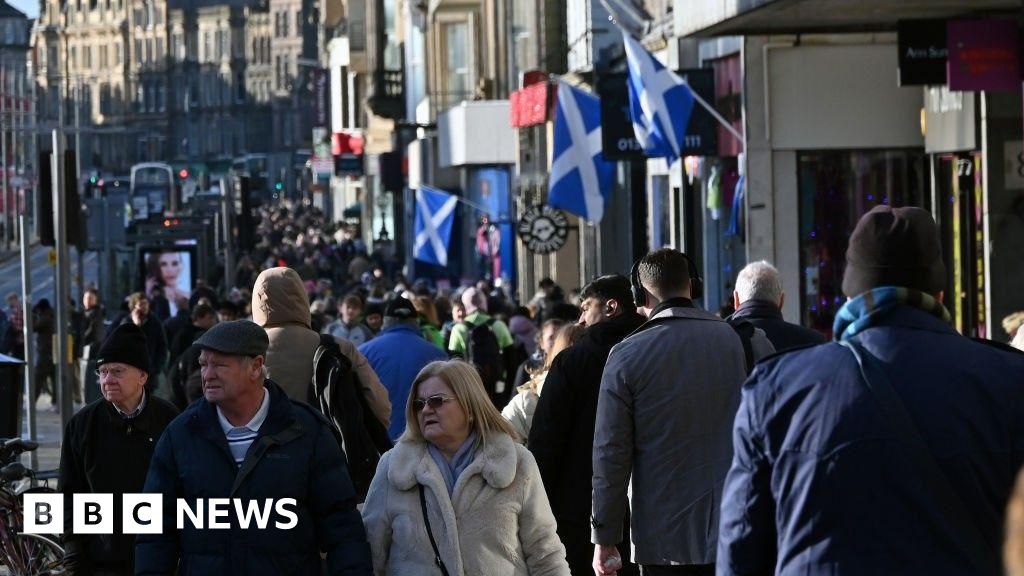In the past few years, the Danish word “hygge” — loosely translated to refer to that cozy, cocoa-by-the-fire feeling Nordic people have perfected to ward off the winter blahs — became so popular that the Oxford English Dictionary made it an official entry.
In the same vein, but with its own spin, the Scots would like to introduce us to the word coorie as a way to lure visitors to Scotland in the offseason.
Yes, you can snuggle by the fire under a blanket — preferably tartan, of course — and sip tea or a glass of whisky, but coorie also encourages visitors to embrace the dark outdoors.
“Dark” is the operative word here, because by the end of October, say, the sun typically sets around 4:30 p.m. and as early at 3 p.m. in the dead of winter.
But rather than a deterrent, VisitScotland touts the beauty of the destination’s night sky, which is so free of light pollution in some areas that stars and even the Northern Lights offer unforgettable views.
The Isle of Rum, a small island off the west coast with only 40 full-time residents, has been named Scotland’s first Dark Sky Sanctuary by the International Dark-Sky Association. To put it in perspective, there is only one other Dark Sky Sanctuary in Europe — in Bardsey Island, Wales — and 20 worldwide.
It’s worth noting that sanctuaries don’t just happen on their own but are the result of a commitment on the part of locals to preserve those dark skies — there is zero public lighting on the island — and the nocturnal birds that thrive in them.
The island is accessible via ferry from Mallaig on Scotland’s west coast, and admittedly accommodations are scarce — think camping and an occasional guest house — but for die-hard dark skies enthusiasts the trip is worth it.
If all this sounds a little too rugged, visitors can opt for a stay in Moffet, billed as Europe’s first “dark sky town.” Located in Dumfries and Galloway, Moffat is a historic spa town with accommodations, shops and eateries, but which also boasts minimal light pollution and noteworthy starry nights.
Or join fellow enthusiasts at the Cairnforms Dark Sky Park in the Tomintoul and Glenlivet area. Dark sky events take place all year round here with the Cairngorms Astronomy Group, from night photography to educational and cultural opportunities.
Of course, coorie can take place in the daytime as well, and Scotland boasts entire menus of daylight outdoor pursuits designed to connect visitors with nature. Try forest bathing, for example (no actual bathing is involved — it just means being mindful of your surroundings when wandering through and inhaling the beauty of nature). Some of the best locations for that include Dell Woods, part of Abernethy National Nature Reserve; the Pass of Killiecrankie, Perthshire; and guided forest bathing experiences in Galloway Forest Park, Glentrool. And there’s cycling on trails suited for a range of skills and abilities, including families and beginners.
For more on offseason attractions in Scotland, visit https://www.visitscotland.com/things-to-do/events, and remember: Sipping tea by the fire is perfectly coorie too.











